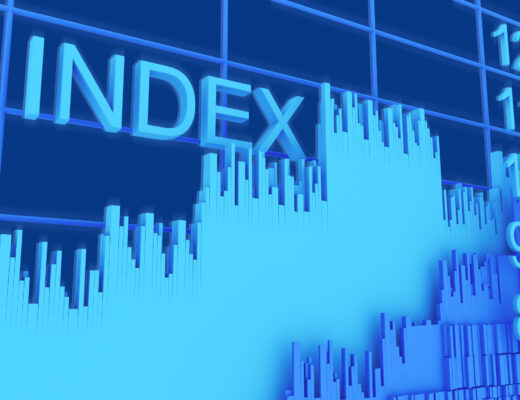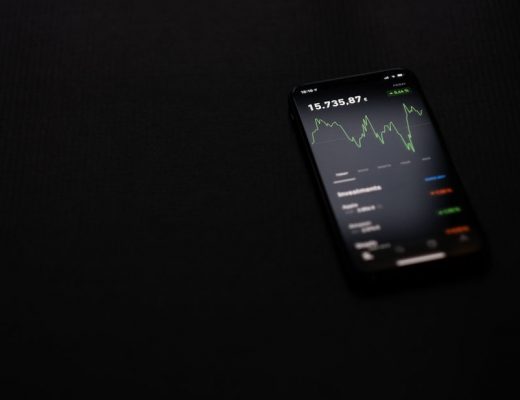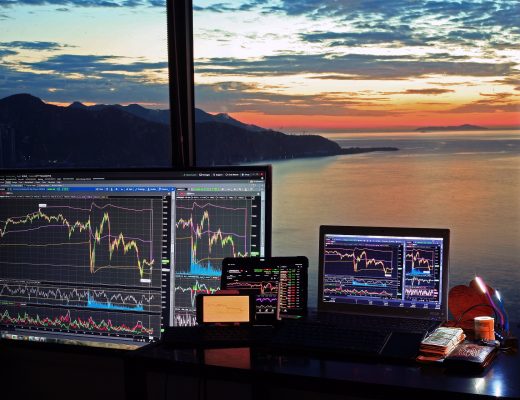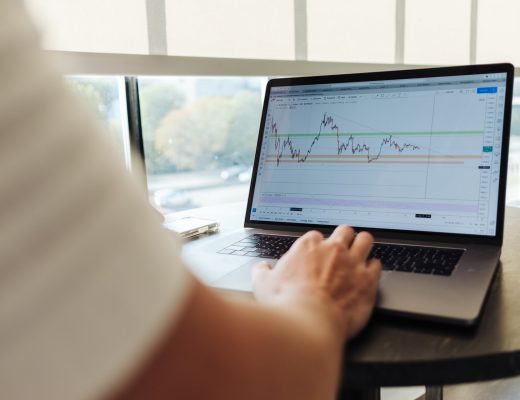Divergence in trading: types and advantages
In the process of work the trader chooses for himself the best variant of the analysis. Some traders use classic tools, while others prefer indicators. However, the most effective solution will be a combination of these approaches, taking into account market expectations and general trends. In this case, special attention should be paid to the indicator analysis signals, among which the divergence in trading stands out. In spite of the fact that it appears quite rarely, it gives the opportunity to see the trend when it appears and to enter it on time.
A divergence is the appearance of a new high or low in the price in the area of a trend that is dominant. And this peak point will not be updated in the indicator. It turns out that the price continues its dynamics in the trend, although the indicator analyzes the weakening of the latter, and that the reason for the movement is due to inertia. In this case there is a probability of change in the movement, because the dominant players are already weakening. The MACD and RSI indicators, as well as the oscillators are used to analyze this signal.
Divergence has several varieties. If its analysis refers to the occurrence of a bullish trend instead of a bearish one, it is called a bullish divergence. It results in the formation of a new trough on the price movement chart, while everything remains unchanged on the indicator. A bearish type of signal appears when the price peaks, moving to an uptrend. At the same time, the indicator does not display this maximum on its chart, which indicates the end of a bullish trend. Divergence also has a different number of extrema. The standard variant is two peaks, but there are types with three, and very rarely with four.
Divergence also has a different number of extrema. The standard variant is two peaks, but there are types with three, and very rarely with four.
The form of extrema is also important. For example, there are the variant when during the trend development the indicator chart shows not only the stability of the extremum, but also breaks the trend line when it is formed. This variant is the most significant and powerful.
Another strong divergence is the one when the price trend has already reached a new extremum, for example, the high, and the indicator has not yet updated it. In this case the low will also have non-renewed values.
The weakest variant is considered the one where the trend has reached its peak values and the indicator duplicates the indicators of the past extremum, going sideways.
When tracking divergence, trades should be made at the moment when the price has already broken the trend line. The stop order in most cases is placed, according to the extreme price extremum.
The divergence will occur only if the previous trend is observed. And to use the past sideways to find the signal is an ineffective strategy.










